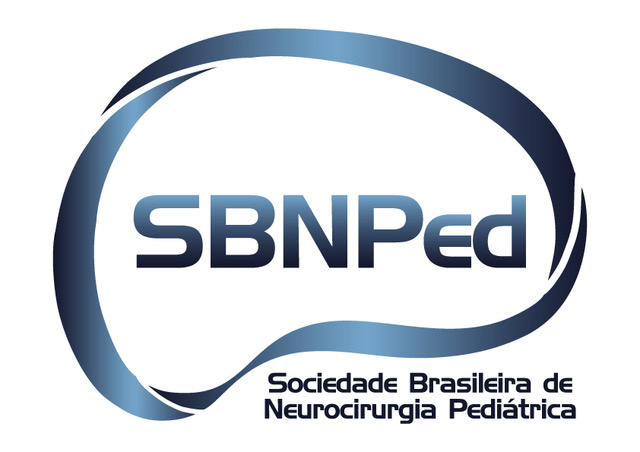Endoscopic Management of Intra Ventricular Tumours
DOI:
https://doi.org/10.46900/apn.v3i1(January-April).69Keywords:
Neuroendoscopy, Tumor, IntraventricularAbstract
Objective: Neuroendoscopic removal of intraventricular tumors is difficult and time consuming because of the lack of an effective decompression system that can be used through the working channel of the endoscope. The authors report on the utilization of an endoscopic ultrasonic aspirator in the resection of intraventricular tumors.
Methods: Seventeen pediatric patients (14 male, 3 female), ages 1-15 years old, underwent surgery via a purely endoscopic approach using a Gaab rigid endoscope and endoscopic ultrasonic aspirator. Ten patients presented with an intraventricular tumor, three with paraventricular, and 4 with suprasellar lesions. Histology analysis showed 6/17 glial tumors, 3/17 with subependymal giant cell astrocytomas (associated with tuberous sclerosis), two cases presented with intraventricular metastases from high-grade tumors (medulloblastoma, atypical teratoid rhabdoid tumor), 4/17 with suprasellar tumors (2 craniopharyngiomas and 2 optic pathway gliomas), and two with pineal region tumors (1 immature teratoma, 1 PNET). In all patients, the endoscopic trajectory and ventricular access were guided by electromagnetic neuronavigation. Fifteen patients underwent surgery via a precoronal bur hole while supine. In 1 case, surgery was performed through a frontal anterior bur hole and one patient underwent surgery via a posterior parietal approach to the trigone while in a lateral position.
The endoscopic technique consisted of visualization of the tumor, ventricular washing to dilate the ventricles and to control bleeding, obtaining a tumor specimen with biopsy forceps, and ultrasonic aspiration of the tumor. Bleeding was controlled with irrigation, monopolar coagulation, and a thulium laser.
Results/Discussion: In 9 cases, the resection was total or near total (more than 90% of lesion removed). In 8 cases, the resection was partial or biopsy. Histological evaluation of the collected material (withdrawn using biopsy forceps and aspirated with an ultrasonic aspirator) was diagnostic in all cases. The duration of surgery ranged from 30 to 120 minutes. One case was complicated by subdural hygroma requiring a subduro-peritoneal shunt implant. The dry field technique was used in cases with persistence of bleeding.
Conclusion: Patients harboring intraventricular tumors are in most cases ideal candidates for endoscopy biopsy/resection. In this series, endoscopic ultrasonic aspiration proved to be a safe and reliable method for achieving extensive decompression or complete removal in the management of intra- and/or paraventricular lesions in pediatric patients.
Downloads
References
Cinalli G et al. Initial experience with endoscopic ultrasonic aspirator in purely neuroendoscopic removal of intraventricular tumors. J Neurosurg Pediatr 19:325–332, 2017
Gaab MR. Neuroendoscopic technology. In Torres-Corzo JG, Rangel-Castilla L, Nakaji P (eds). Neuroendoscopic Surgery. New York: Thieme, 2016, pp 11–23
Cappabianca P. et al. Application of neuroendoscopy to intraventricular lesions. Neurosurgery. 2008 Feb;62 Suppl 2:575-97; discussion 597-8. doi: 10.1227/01.neu.0000316262.74843.dd.

Downloads
Published
How to Cite
Issue
Section
License
Copyright (c) 2021 Giuseppe Cinalli

This work is licensed under a Creative Commons Attribution 4.0 International License.

When publishing in Archives of Pediatric Neurosurgery journal, authors retain the copyright of their article and agree to license their work using a Creative Commons Attribution 4.0 International Public License (CC BY 4.0), thereby accepting the terms and conditions of this license (https://creativecommons.org/licenses/by/4.0/legalcode).
The CC BY 4.0 license terms applies to both readers and the publisher and allows them to: share (copy and redistribute in any medium or format) and adapt (remix, transform, and build upon) the article for any purpose, even commercially, provided that appropriate credit is given to the authors and the journal in which the article was published.
Authors grant Archives of Pediatric Neurosurgery the right to first publish the article and identify itself as the original publisher. Under the terms of the CC BY 4.0 license, authors allow the journal to distribute the article in third party databases, as long as its original authors and citation details are identified.


























